The pivotal role played by electric drainage pumps and general water pumps cannot be overstated. These devices stand as the unsung heroes, tirelessly ensuring the efficient management of water flow in various applications, from residential settings to industrial complexes. In this discourse, we delve into the intricacies surrounding these indispensable tools, shedding light on their functions, design principles, and diverse applications.
Electric drainage pumps, characterized by their compact yet robust construction, serve a crucial purpose in the domain of wastewater management. Operating on the principle of impelling fluids through mechanical means, these pumps efficiently remove excess water from basements, construction sites, and other areas prone to flooding. Unlike their conventional counterparts, electric drainage pumps harness electrical energy to drive their mechanisms, offering enhanced reliability and performance.
One of the defining features of electric drainage pumps is their versatility in handling diverse types of fluids, ranging from clean water to abrasive sludge. This adaptability makes them indispensable in various industries, including construction, mining, and municipal infrastructure. Whether tasked with dewatering excavations or mitigating the aftermath of natural disasters, these pumps stand ready to tackle the more challenging water management scenarios.
In parallel, general water pumps emerge as stalwarts in facilitating fluid transfer across a myriad of applications. Unlike their specialized counterparts, general water pumps exhibit a broader scope of functionality, catering to both domestic and industrial demands. From supplying water to residential households to facilitating agricultural irrigation, these pumps form the backbone of modern hydraulic systems.
The design philosophy behind general water pumps revolves around efficiency, reliability, and ease of maintenance. Employing a diverse array of technologies, including centrifugal and positive displacement mechanisms, these pumps ensure ideal fluid transfer while less energy consumption. Furthermore, advancements in materials science have endowed these pumps with enhanced durability, enabling prolonged service life even in harsh operating environments.
Beyond their fundamental role in fluid transfer, general water pumps find applications in niche sectors such as aquaculture, hydroponics, and firefighting. Their ability to deliver precise flow rates and pressure levels makes them indispensable in maintaining ideal conditions for aquatic life and supporting soilless cultivation methods. Moreover, in emergency scenarios, these pumps serve as frontline responders, swiftly delivering water to quench flames and mitigate the spread of fire.
As the demands placed on water management systems continue to evolve, so too must the technology driving electric drainage pumps and general water pumps. The advent of smart technologies, such as remote monitoring and predictive maintenance, promises to revolutionize the way these devices are operated and maintained. By harnessing real-time data analytics and machine learning algorithms, operators can anticipate potential failures and optimize pump performance, thereby maximizing uptime and reducing operational costs.
In conclusion, electric drainage pumps and general water pumps stand as indispensable assets in the realm of fluid management, ensuring the efficient movement and control of water across diverse applications. From combating flooding to sustaining agricultural productivity, these devices play a pivotal role in safeguarding livelihoods and promoting sustainable development. As technological advancements continue to reshape the landscape of hydraulic engineering, the legacy of these humble pumps endures, driving progress and resilience in the face of ever-evolving challenges.

 English
English русский
русский Español
Español
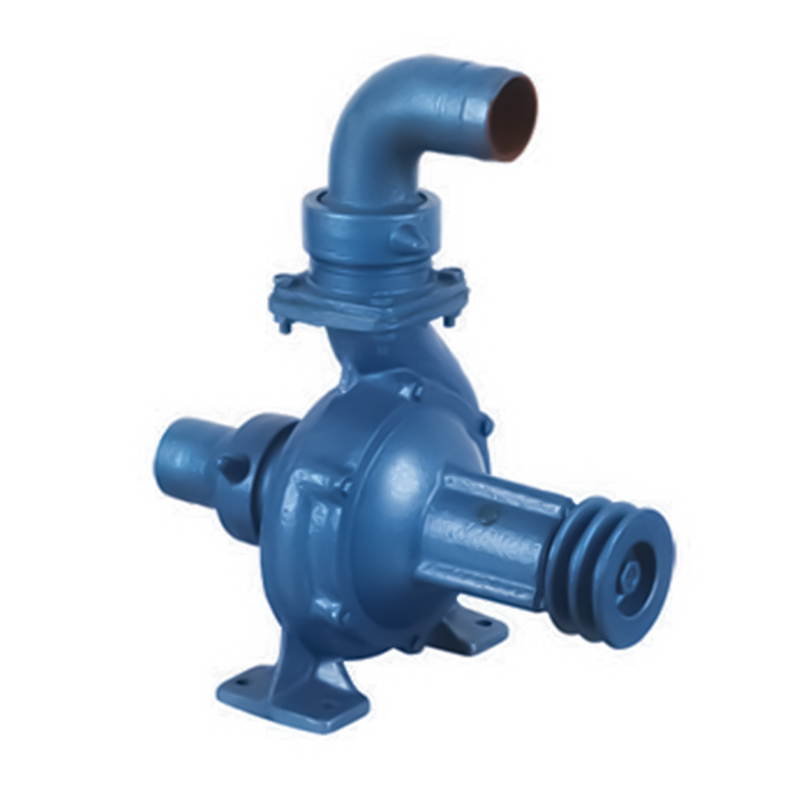
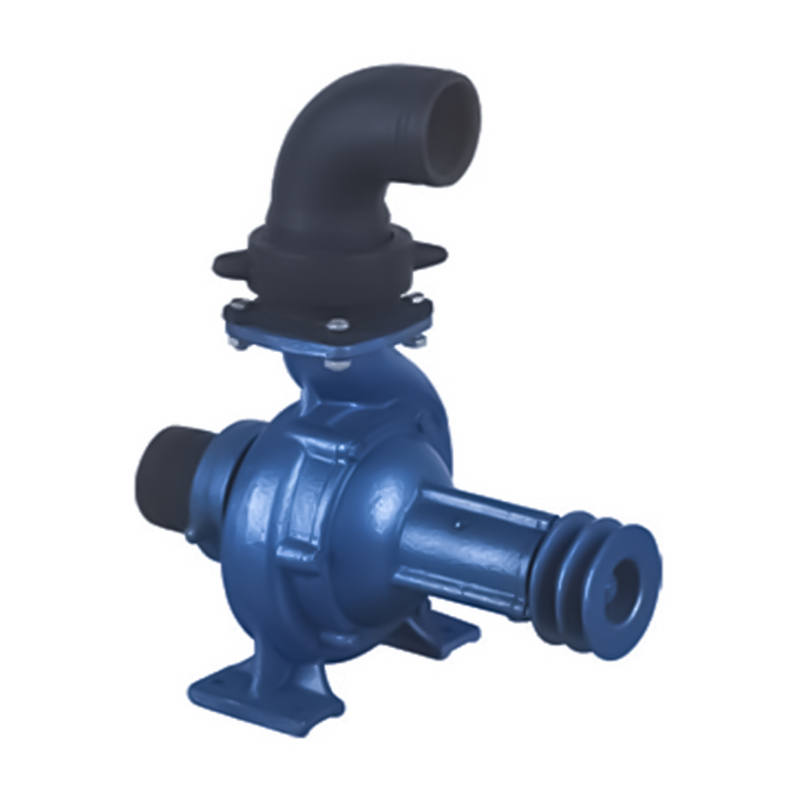

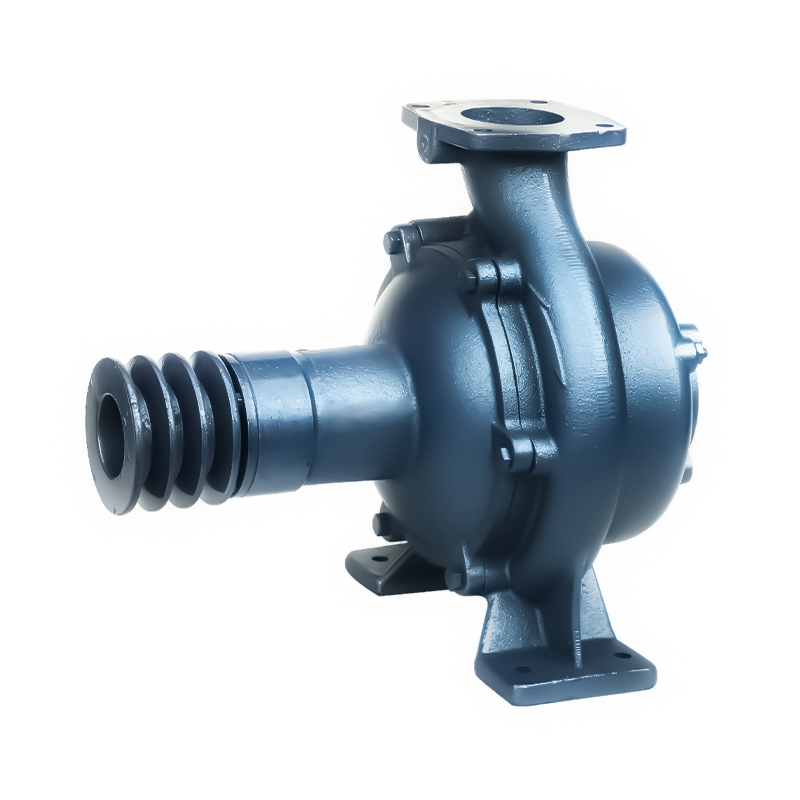
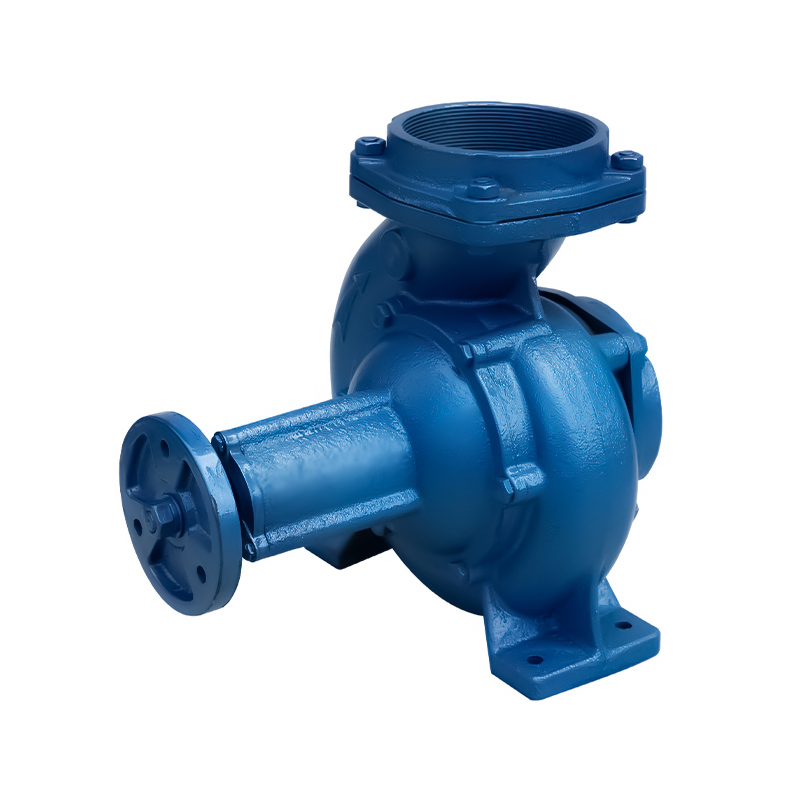
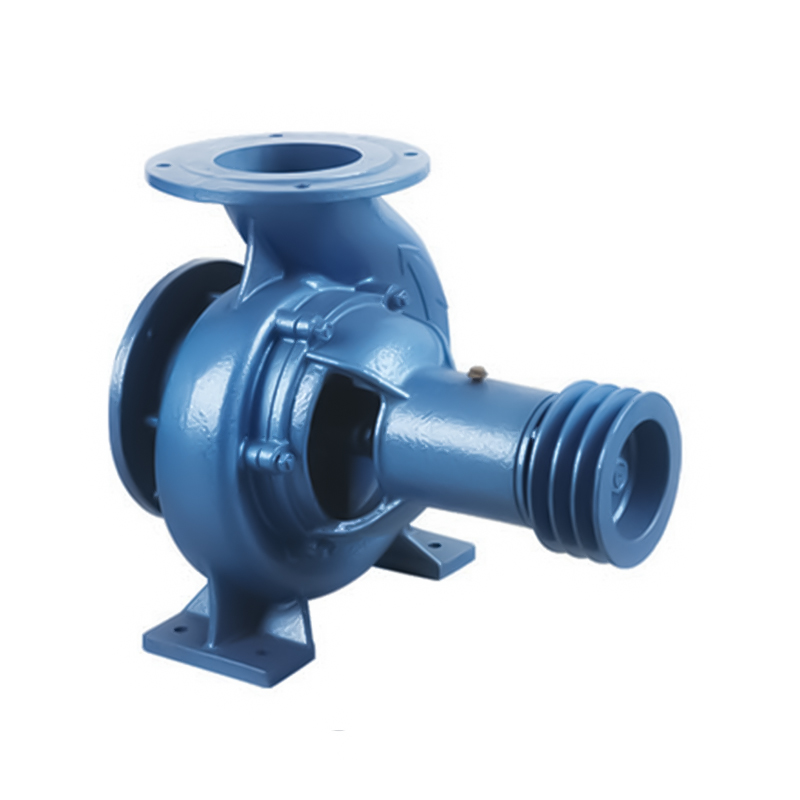
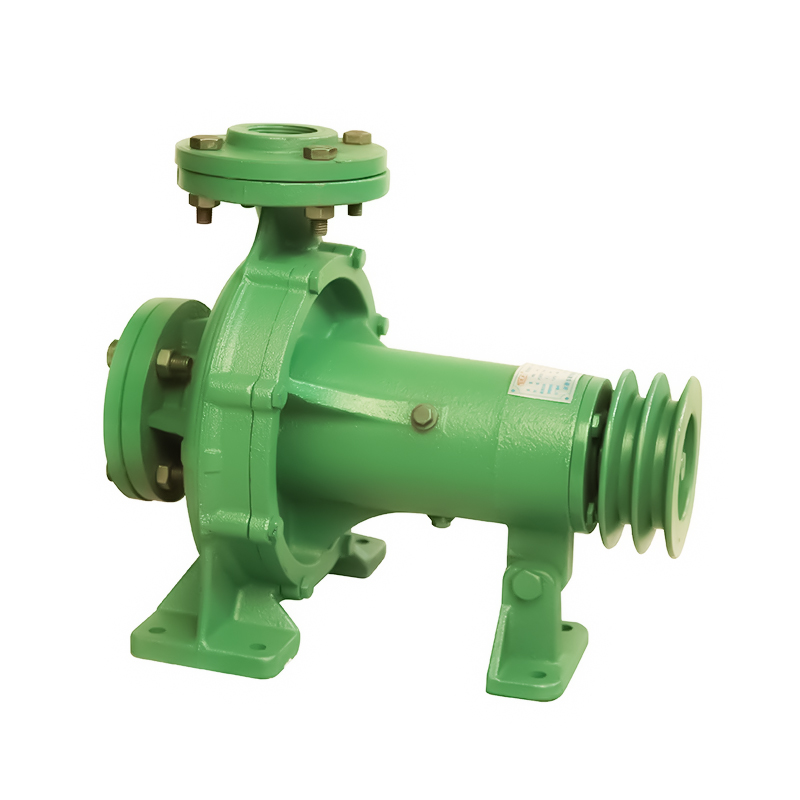

 Email:
Email:
 Phone:+86-13605899207
Phone:+86-13605899207

